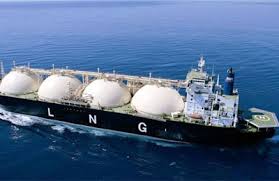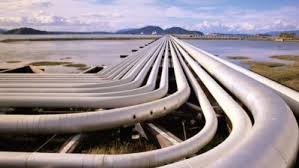
Lagos — The average liquefied natural gas, LNG, price for March delivery into north-east Asia has fallen to $25.00 per metric million British thermal units, mmBtu, down $2.00 or 7.4% from the previous week, according to industry sources quoted by Reuters.
The average price for April delivery was seen at $27.50/mmBtu, they added.
“LNG prices are set for continued volatility as we head through the rest of winter. European gas fundamentals are softening, with LNG imports hitting record highs, while Russian pipeline imports are recovering from their slow start to 2022,” said Edmund Siau, LNG analyst at consultancy FGE.
“However, the European gas market remains tight, and Russia-Ukraine tensions mean that a healthy risk premium is baked into current TTF (Dutch gas) prices. Several Asian buyers have re-emerged to purchase cargoes to replace inventories, and we expect more spot procurement activity in the coming weeks,” he added.
Europe continues to be reliant on LNG amid low Russian gas supply. The arbitrage between Asia and Europe – or cargo diversion from one market to another – has been shifting back and forth, and there is a risk that European LNG imports could slow in case of any increase in Asian demand and prices.
Cooler weather expected across the main north-east Asian markets could prompt demand from end-users and support prices there going forward, Refinitiv gas analysts said.
Earlier, Russia agreed a 30-year contract to supply gas to China via a new pipeline, under which Chinese state energy major CNPC will get 10 billion cubic metres of gas a year, a step that will affect the country’s LNG import outlook.
“Piped gas from Russia can be supplied to northern China at prices that are competitive when compared with LNG,” said Ken Kiat Lee, analyst at consultancy FGE.
The International Energy Agency (IEA) said in report this week that China will remain the single largest country contributor to LNG import growth, but its growth rate could drop to 9% in 2022, from 17% in 2021, due to the ramp-up of pipeline flows from Russia and an overall slowdown in gas demand growth.
Follow us on twitter



